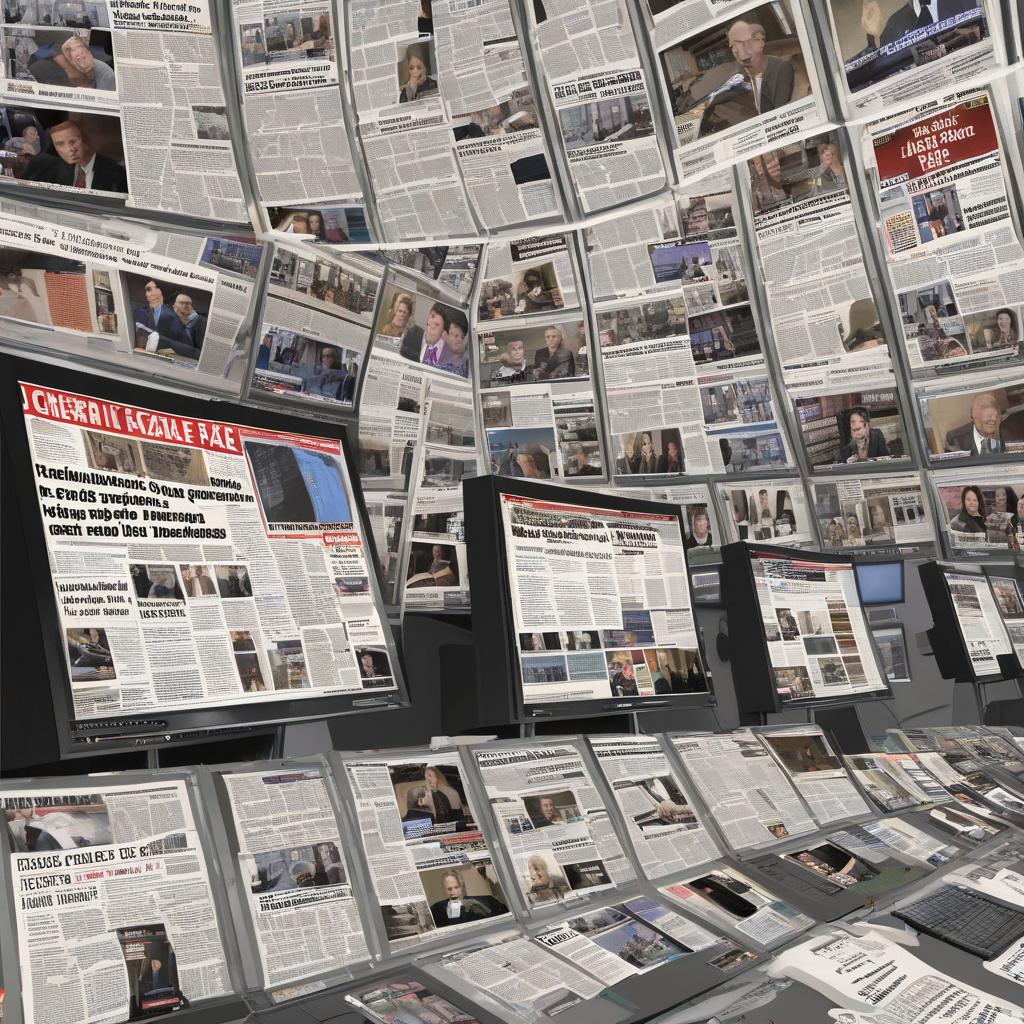In the realm of digital manipulation, the term “deepfake” has become a familiar concept – synthetic media altering visual and audio content to present something that never actually occurred. But have you heard of its lesser-known sibling, the “cheapfake”? While deepfakes are created using sophisticated AI algorithms, cheapfakes take a different route. These manipulated videos, images, or audio clips are crafted using everyday editing tools, making them accessible to a wider audience.
Unlike deepfakes, which often require advanced technical knowledge and specialized software, cheapfakes can be produced by almost anyone with basic editing skills. For example, a cheapfake might involve altering a date on a document in a video, superimposing a person’s face onto another body in an image, or dubbing over audio to change the context of a conversation. The simplicity and ease of creating cheapfakes make them a concerning trend in the era of misinformation and fake news.
One of the key differences between deepfakes and cheapfakes lies in their potential impact. Deepfakes are typically more convincing and challenging to detect due to the advanced algorithms used to create them. On the other hand, cheapfakes may exhibit lower production quality, making them easier to identify upon closer inspection. However, this does not diminish the potential harm they can cause, especially when shared widely on social media platforms.
Cheapfakes have the power to deceive, manipulate, and mislead viewers, leading to harmful consequences such as spreading false information, damaging reputations, or inciting social unrest. As technology continues to evolve, the line between reality and fabrication becomes increasingly blurred, underscoring the importance of media literacy and critical thinking in the digital age.
To combat the rise of cheapfakes, individuals and organizations must remain vigilant and skeptical of the content they encounter online. Fact-checking sources, verifying information before sharing, and being aware of the tools and techniques used to create manipulated media are essential steps in mitigating the spread of misinformation. Additionally, tech companies and policymakers play a crucial role in developing solutions to detect and address cheapfakes effectively.
In conclusion, while deepfakes have garnered significant attention for their advanced capabilities in altering media content, cheapfakes present a more accessible yet equally concerning challenge in the digital landscape. By understanding the differences between these two forms of manipulated media and taking proactive measures to combat their spread, we can work towards a more informed and resilient society in the face of evolving technological threats.

